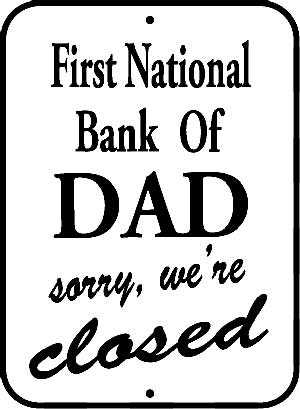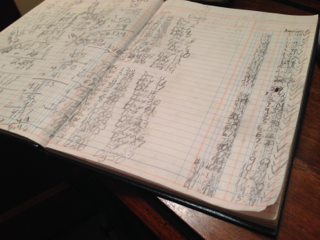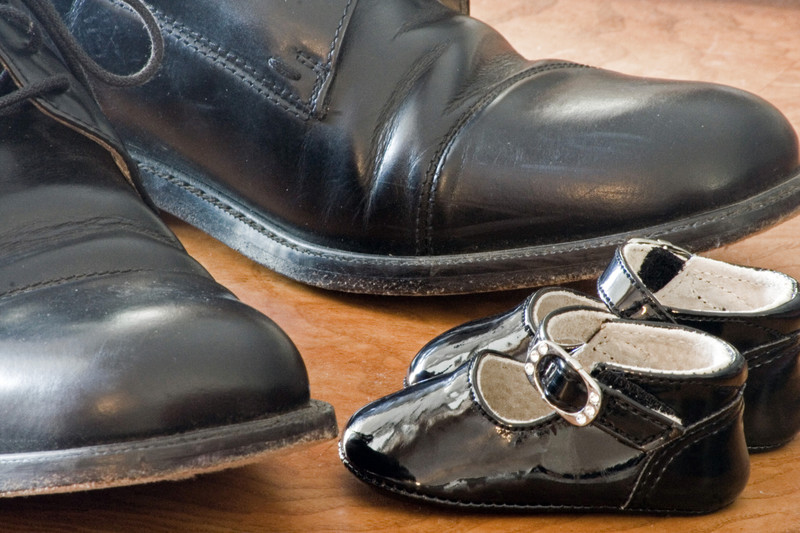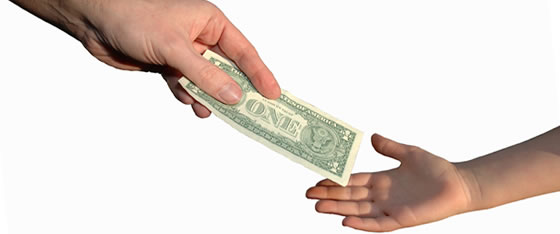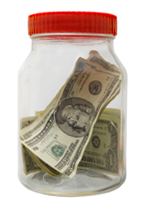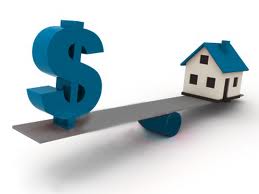Editor’s Note: A version of this post appeared in the San Antonio Express News

I’d like to be a million dollars richer.
And I don’t particularly want to work for it.
I feel the way native San Antonian, former San Antonio Express-News writer and Saturday Night Live faux-philosopher Jack Handey did when he wrote:
“It’s easy to sit there and say you’d like to have more money. And I guess that’s what I like about it. It’s easy. Just sitting there, rocking back and forth, wanting that money.”
In the spirit of Jack Handey and his idle wish, I recently downloaded a budgeting app called Zeny.
Then, for one week only, I recorded my daily “indefensibles.”
Indefensibles, since you asked, are my own term for small consumption purchases that I did not have to make.
I don’t mean my kids’ after-school care, or the mortgage, or gas for the car. I don’t mean eating out with the family once in a while. I really mean things that are financially indefensible.

Take my expensive coffee habit, for example. Because in my life, indefensibles come mostly in the form of caffeinated beverages.
I figure the cost of a cup of coffee, ground and brewed at home, averages about 15 cents.
Instead of grinding and brewing at home, however, I choose, day after day, to buy expensive coffee at more than ten times that price per cup. Well, actually, multiple cups. Plus, of course, a snack once in a while to accompany my fancy coffee.
And yes, since you asked, my “indefensibles“ concept is inspired by Warren Buffett’s pet name for his corporate jet. When you have Buffett money, a corporate jet qualifies as an indefensible, rather than the morning latte. Which is just one of the small ways my life’s financial path has diverged from Buffett’s.
Anyway, I downloaded the Zeny app on my phone to track my indefensibles for a week after reading the personal finance classic “The Automatic Millionaire” by David Bach. He famously coined the term “Latte Effect” to remind us that purchasing small daily items — a morning latte, for example — had massive implications for personal wealth creation (and destruction!) over the long run.
After reading his book, I became curious. How big is my Latte Effect?
Here’s my data from Zeny:
Day 1: $11.80
Day 2: $6.45
Day 3: $2.27
Day 4: $0
Day 5: $8.58
Day 6: $11.04
Day 7: $0.
All of these expenses I annotated in the app as either coffee or coffee-and-snack related.
My total indefensibles cost for the seven days: $40.14.
Does that seem like a lot of money? Check your own indefensibles against mine for a week. Gum and Tic-Tacs at the register. iPhone downloads. Hulu membership. That third beer for $3.50 at the bar. Whatever it is.
Over the course of a year, my $40.14 per week of indefensibles adds up to $2,087.28 (calculated as $40.14 multiplied by 52 weeks in the year).
What if I invested $2,087.28 every year for the next 40 years in the S&P 500, until age 82 — at which point it will be 2054 and I will be living on my hovercraft, being served hand and foot by my ageless Rihanna-bot?

And what if that investment compounded at 10 percent per year? Then I’d have an investment pool worth $1,016,196.
What a coincidence! Because as I said in the beginning, I actually want to be a million dollars richer.
What? You don’t think 10 percent is a reasonable return assumption? Maybe not. Reasonable people can disagree.
But just so you know, the compound annual return from the S&P 500, assuming reinvestment of dividends, over the last 40 years was actually higher than 10 percent. Including the oil embargo years and stagflation of the late 1970s, the tech bubble bursting in 2000 and the Great Recession of 2008, the compound annual return including dividends from the S&P 500 was 11.7 percent.
If I achieved 11.7 percent compound annual return on investment over the next 40 years, my little pool of weekly indefensibles would grow to over $1.6 million.
Maybe you prefer I assume a more modest 6 percent future compound return? Fine, my indefensibles would only grow to $342,413.45. Which, while not the same as a million dollars, isn’t nothing, either. $342K would place me squarely above the average American adult’s net worth.
From skipping premium coffee!
Let’s look at the calculation another way, however. What if I hadn’t ever gotten addicted to premium coffee outside the home in the first place? What if, instead, I had begun saving myself from indefensibles at age 22?
Even with a modest 6 percent compound annual return from the market, my indefensibles’ savings would grow to $1.1 million between age 22 and 82.
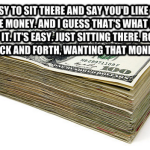
So, I’m just curious — is there anyone else graduating from college this year who would like a million dollars without trying?
Look, every single person outside of the top 0.1 percent of wealth in this country struggles with one of two financial goals. Either you are:
1. Trying to reduce your personal debts, or you are
2. Trying to build up investments.
The same Latte Effect applies powerfully to both situations. Whichever goal you seek, you can decide to be a million dollars richer at the end of your life.
It’s easy. And that’s what I like about it. Just sitting there, rocking back and forth, not buying that latte.
Please see related posts:
Book Review of The Automatic Millionaire by David Bach
Wealth And The Power Of Compound Interest
Post read (2125) times.


